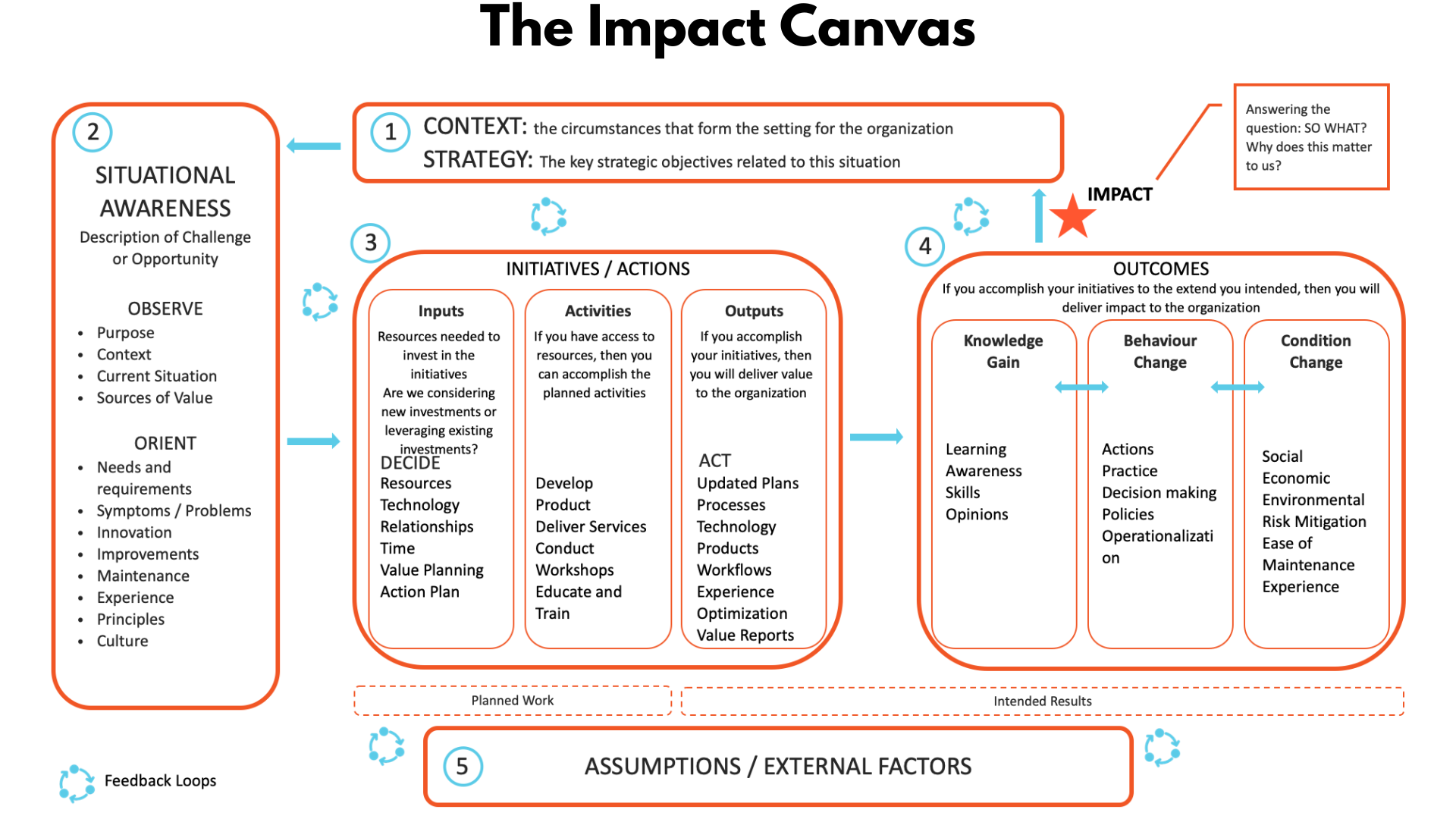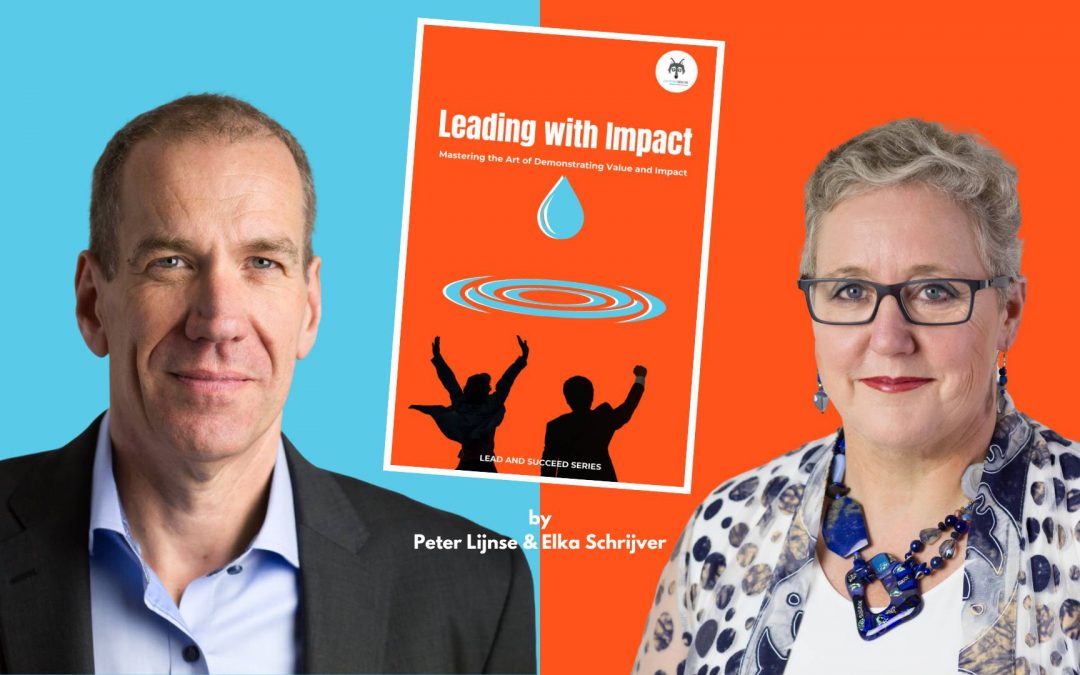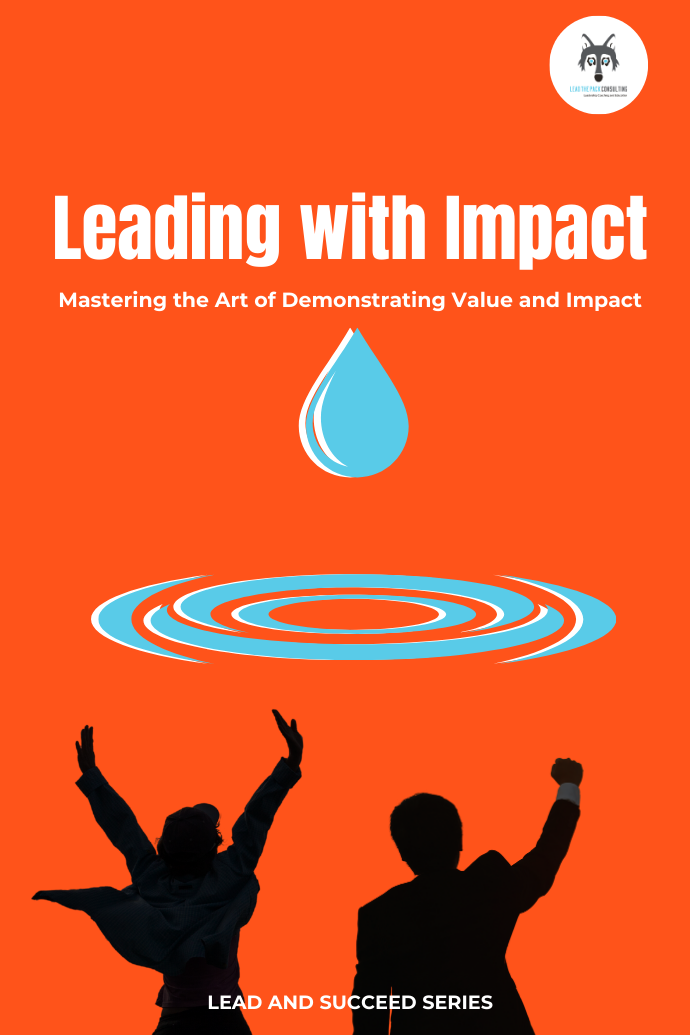Business executives face constant pressure to make informed decisions that drive positive change within their organizations. To develop viable solutions, they rely on organizational leaders to provide clear and concise ways to understand the relationships between the current strategies, initiatives, and the overall impact on the organization’s conditions.
The very core of leadership often lies in the ability to effectively convey ideas, foster trust, and build cohesive teams. However, when communications are unclear and ineffective, the repercussions are profound, impacting not just the bottom line but also the intricate web of professional relationships.
What exactly are the 10 biggest business leadership communication problems?
- Lack of Transparent Internal Communication
- Not Communicating The ‘Why’
- Talking Before Listening
- Having One-Sided Conversations
- Avoiding Difficult Conversations
- Not Showing The Benefit To The Listener
- Telling Instead Of Sharing
- Sounding Inauthentic
- Not Communicating Enough
- Not Clearly Demonstrating Value and Impact
When communications become challenging, business leaders often feel:
- Frustrated – Difficulty in conveying ideas or receiving feedback can lead to mounting frustration, especially if communication issues persist.
- Overwhelmed – Constant misunderstandings or misinterpretations can compound existing pressures, making leaders feel as though they’re constantly putting out fires.
- Isolated – Leaders might feel they’re on an island, especially if they believe no one understands their vision or directives.
- Doubtful – Repeated communication challenges can lead to self-doubt, questioning one’s own leadership capabilities or the clarity of their vision.
- Stressed – Poor communication can exacerbate stress, particularly when it impacts business outcomes or team cohesion.
- Concerned – Leaders may worry about the long-term implications of communication barriers, such as decreased morale, reduced productivity, or increased employee turnover.
- Drained – The emotional and mental energy required to constantly navigate communication challenges can leave leaders feeling exhausted and burned out.
Mastering Executive Communication: Using the Impact Canvas to Showcase Strategic Impact

- Front Introduction of a Business Case – When presenting a new business case to executives, it’s crucial to provide a quick and easily digestible overview. The Impact Canvas serves as a front-page visual aid that outlines the proposed strategy and initiatives, showing the expected impact on the organization. This visual representation quickly captures the attention of decision-makers and sets the stage for a detailed discussion.
- Guidance for Project Teams – Project teams are often tasked with implementing the strategies and initiatives set by the executive team. The Impact Canvas serves as a guiding document for project teams, helping them align their efforts with the organization’s overarching goals. By referring to the Canvas, project teams will understand how their work contributes to the bigger picture and focuses on high-impact activities.
- Building Impact Stories – To communicate the value and impact of a particular initiative or project, creating compelling impact stories is essential. The Impact Canvas is a foundational element in building these stories. By visually representing the journey from strategy to outcomes, it becomes easier to illustrate the cause-and-effect relationships, making your narratives more persuasive and compelling.
Using the Impact Canvas for Effective Leadership Communication
- Define Your Strategy – Begin by articulating the organization’s strategic objectives and context in the Impact Canvas.
- Create the Impact Canvas – Develop a visual representation of the strategic components, including goals, situational awareness, initiatives, and expected impacts. Ensure that the Canvas is clear and easy to interpret by presenting the information to a partnering team and getting their feedback.
- Quantify Impact – Use data and metrics to quantify the impact of each initiative. This adds a layer of precision to your communication, making it more compelling to executives.
- Tell the Story – During your executive communication, use the Impact Canvas as a storytelling tool. Walk through the Canvas, explaining how strategies lead to initiatives and, in turn, result in positive impacts on the organization.
- Solicit Feedback – Encourage a two-way conversation with executives. The Impact Canvas should serve as a basis for discussion, allowing leaders to ask questions and provide feedback. Include open-ended questions as part of your presentation to elicit conversation and ensure everyone has the same understanding of the presented material.
Enhance Your Leadership Profile in The Organization
Business relationship managers (BRMs) play a crucial role in facilitating effective communication between executives and the rest of the organization. BRMs can leverage the Impact Canvas as a powerful tool to enhance their interactions with executives. They can use the Canvas to provide executives with a comprehensive view of how different initiatives and projects align with the organization’s strategic goals and emphasize the value these initiatives bring to the business.
Additionally, BRMs can use the Impact Canvas to highlight potential risks, dependencies, and interdependencies between various initiatives, ensuring executives have a holistic understanding of the organization’s landscape. This approach not only helps executives make well-informed decisions but also strengthens the BRM’s position as a strategic partner, ultimately fostering a more productive and collaborative relationship between executives and the broader business.
When utilizing the Impact Canvas effectively, a BRM can leverage the Impact Canvas as a powerful tool to enhance their interactions with executives. Applying the Impact Canvas process they can provide executives with a comprehensive view of how different initiatives and projects align with the organization’s strategic goals and emphasize the value these initiatives bring to the business.
Consequently, BRMs can use the Impact Canvas to highlight potential risks, dependencies, and interdependencies between various initiatives, ensuring executives have a holistic understanding of the organization’s landscape. This approach not only helps executives make well-informed decisions but also strengthens the BRM’s position as a strategic partner, ultimately fostering a more productive and collaborative relationship between executives and the broader business.


